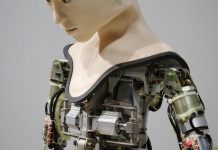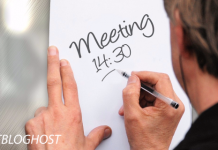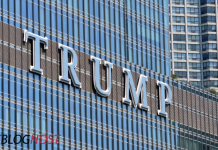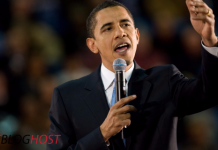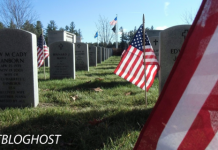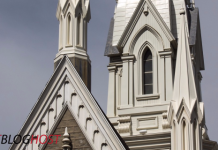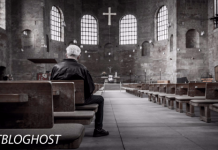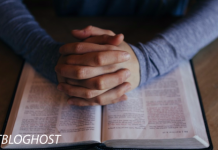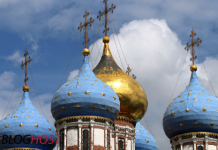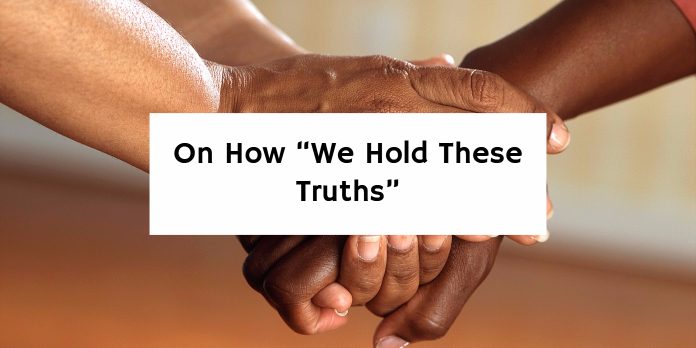I heard someone say recently, in connection with whether a Mormon could be president, that John Kennedy had faced similar opposition because of his religious affiliation, but that he overcame the problem with his speech in Houston to a group of Baptist pastors. That speech is often cited as a turning point for Kennedy, but the truth is that it really did not address the basic issues. The real turning point for Roman Catholicism in the U.S. came through a different process.
When JFK ran for the presidency in 1960 there was indeed much opposition from the Protestant leadership. Norman Vincent Peale, for one, in a rare political statement, warned against a Roman Catholic in the presidency, and the maverick Episcopal bishop James Pike wrote a little book arguing against having a Catholic in the White House. Kennedy, of course, did put many of the worries to rest in his famous Houston speech, when he told the gathered pastors that he refused to believe that he was automatically barred from the presidency on the day of his baptism.
The fact is, however, that the Kennedy position did not really solve the problem. The real objection was that there was something basically incompatible between Catholicism and American pluralistic democracy. What Kennedy was clearly implying in his Houston address was that he would not be influenced by his Catholicism, which actually reinforced that notion that Catholicism was intrinsically incompatible with democratic values.
The real work on this subject in the American context was done by the famous Jesuit theologian John Courtney Murray–his basic position is laid out in his classic work, published in the 1950s, We Hold These Truths: Catholic Reflections on the American Proposition. Murray drew on specific themes in the Roman Catholic tradition to lay out an understanding of how Catholicism could in fact be seen as encouraging democratic pluralism without sacrificing its basic convictions.
Murray’s story is a fascinating one. He got into deep trouble for his views with the American Catholic hierarchy—so much so that he was forbidden to publish further on the subject. But then in 1962 Pope John XXIII called the Second Vatican Council, and when in the fourth session, begun in 1965, the gathered bishops addressed the questions of religious freedom and democracy, they called Father Murray to Rome and–in an amazing reversal of fortunes–his views became the basis for the new positions of the Roman Catholic Church, as laid out, for example, in the Council’s document Dignitatis Humanae. Today, while there obviously continue to be some tensions between Catholic teachings and widely accepted practices such as abortion-on-demand, no one seriously claims anymore that there is something fundamentally incompatible about a Catholic political leader in a democratic society.
I’m glad that Murray’s book is still in print— as “A Sheed & Ward Classic.” Maybe it is a good one for Mormons to be reading carefully these days. Indeed, maybe we evangelicals ought to give it serious attention, since we are regularly portrayed as folks who don’t understand the requirements for leadership in a pluralistic democracy. Come to think of it, it might even be a good thing for the critics who say that kind of thing about us also to read Murray’s book. This is a good time for all of us to take a crash course in the theology of public life!
2 Comments »
-
Thanks for the recommendation to read Murray’s book. For those of us who might not get to reading it, would it be possible for you to sketch–briefly–his general view of things in that book, perhaps in a subsequent blog?
Comment by Aaron Mead — July 17, 2007 @ 10:04 am
-
This may help: http://johncourtneymurray.blogspot.com/
Comment by Christopher — September 19, 2007 @ 10:37 pm


